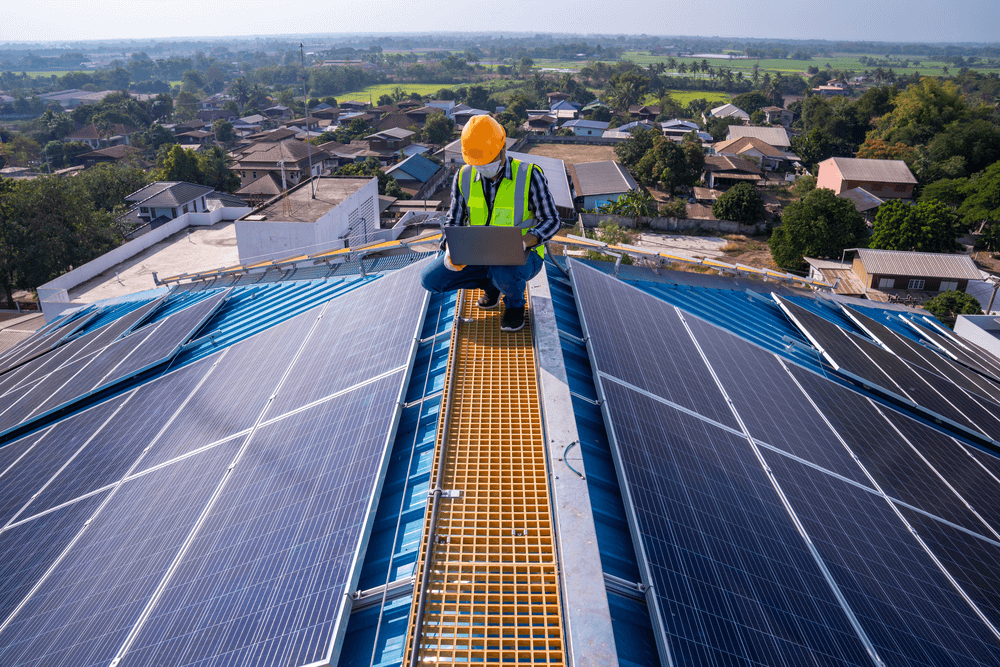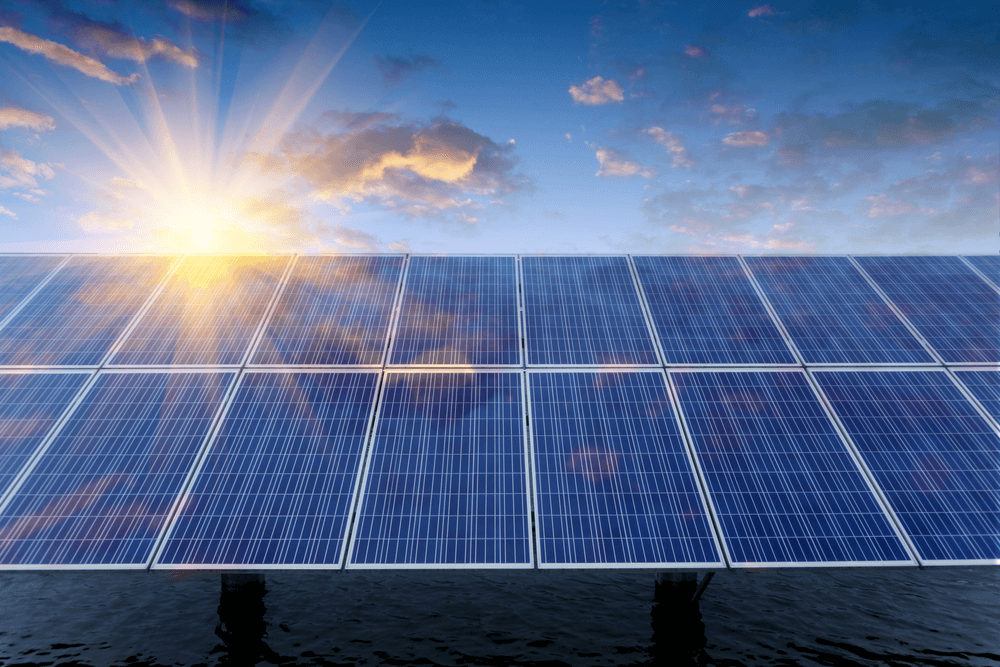The rules are changing when competing in the energy extraction and storage solutions industry. We intend to help you seize the early-mover advantages in terms of innovation and investment across the energy storage value chain. While policies are enacted worldwide to take urgent action against climate change, the solar energy industry remains resilient and ready for further growth. Global commodity market research indicates a 999 GWh new energy storage capacity worldwide between 2021 and 2030.
The Distributed Energy Storage Solution (DESS) industry has witnessed advances in its products and production methodology. The rapid technological advancements, coupled with reduced energy resource costs, increased remote working setups, and more companies looking towards alternative energy sources on limited resources, have pushed the capacity installations to remain at an all-time high.


